Operating instructions for KeyPass:
Normal Operation:
Insert KeyPass in a USB port in your computer. If this is the first time you use KeyPass on this USB port your computer might take some time identifying it and installing a HID driver.
Using the SELECT button, or NUM LOCK key, select the desired password slot. There is 16 slots available from 0-9 and then from A to F.
After selecting the desired slot press the SEND button (or press SCROLL LOCK). The password stored on that slot shall be typed in automatically.
Disabling SCROLL LOCK activation
Some users might want to disable the operation of SCROLL LOCK. To disable the operation of SCROLL LOCK key press and hold SEND button while inserting the device on the usb port. This configuration will be stored on the internal EEPROM. Repeat the same procedure for re-enabling the operation of SCROLL LOCK key.
Disabling NUM LOCK activation
Some users might want to disable the operation of NUM LOCK. To disable the operation of NUM LOCK key press and hold SELECT button while inserting the device on the usb port. This configuration will be stored on the internal EEPROM. Repeat the same procedure for re-enabling the operation of NUM LOCK key.
Generating a new password.
To generate a new password, select the desired slot using SELECT button or NUM LOCK key (if enabled). Then press and hold the SEND button. While pressing the SEND button, tap CAPS LOCK 4 times. The LED Display shall be blanked and the decimal point shall be lit to indicate that the device is ready for generate the new password. While keeping the SEND button pressed, tap CAPS LOCK 12 times more. After the 12th CAPS LOCK press the LED display shall display again the slot number and the decimal point shall be OFF. Now release the SEND button and the newly generated password shall be typed in automatically.
Uploading legacy passwords.
For uploading legacy passwords, create a text file with up to 10 passwords, one password per line and add one line at the beginning with 3 'percent' characters in sequence (%%%), then save this file with the name "passwords.txt" and run the script "pass2bin.py" to generate the "eeprom.bin" file. Further rules for generating the legacy password file can be found in the Python script
After generating the passwords press and hold both SELECT and SEND buttons then insert the device into the computer. It will put the device in bootloader mode.
Now open a command shell on the same folder where the 'eeprom.bin' was generated and type the following command to upload the passwords to the device.
avrdude -p m8 -c usbasp -U eeprom:w:eeprom.bin
Now the device has your password in the same sequence they appear in the text file.
Important Reminders:
- Delete the 'password.txt' as well as the 'eeprom.bin' files as soon as you finish the uploading.
- If your 'passwords.txt' has less than 10 passwords the remaining will be created as empty passwords.
- All passwords previously stored in the device will be erased.
 danjovic
danjovic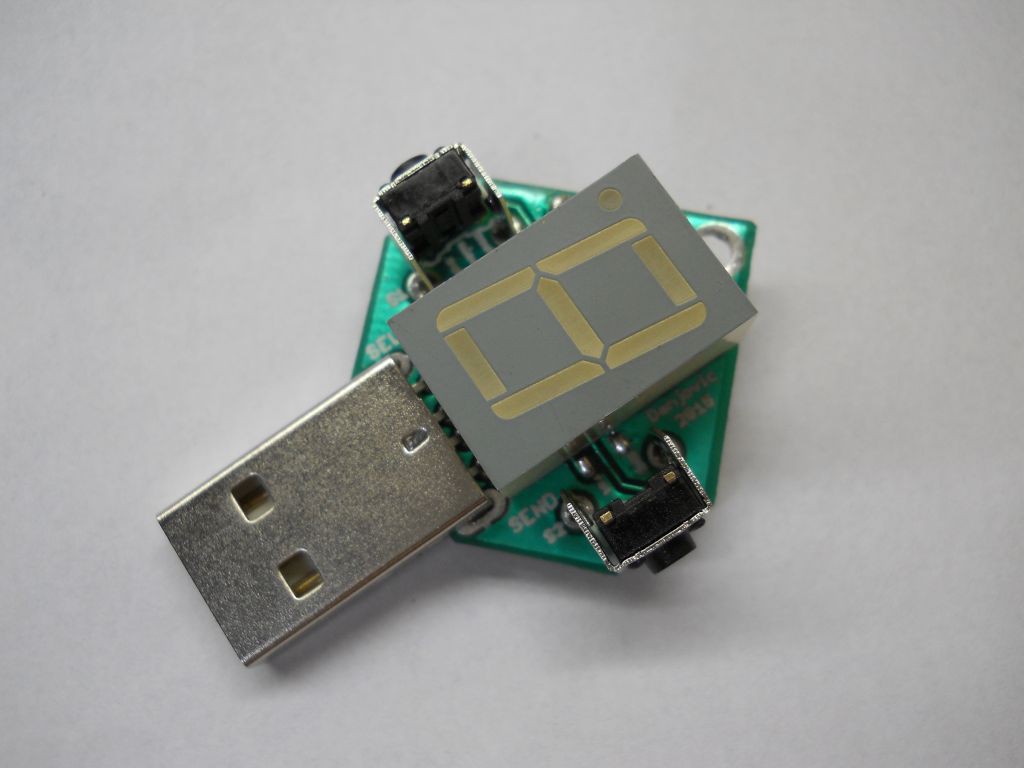
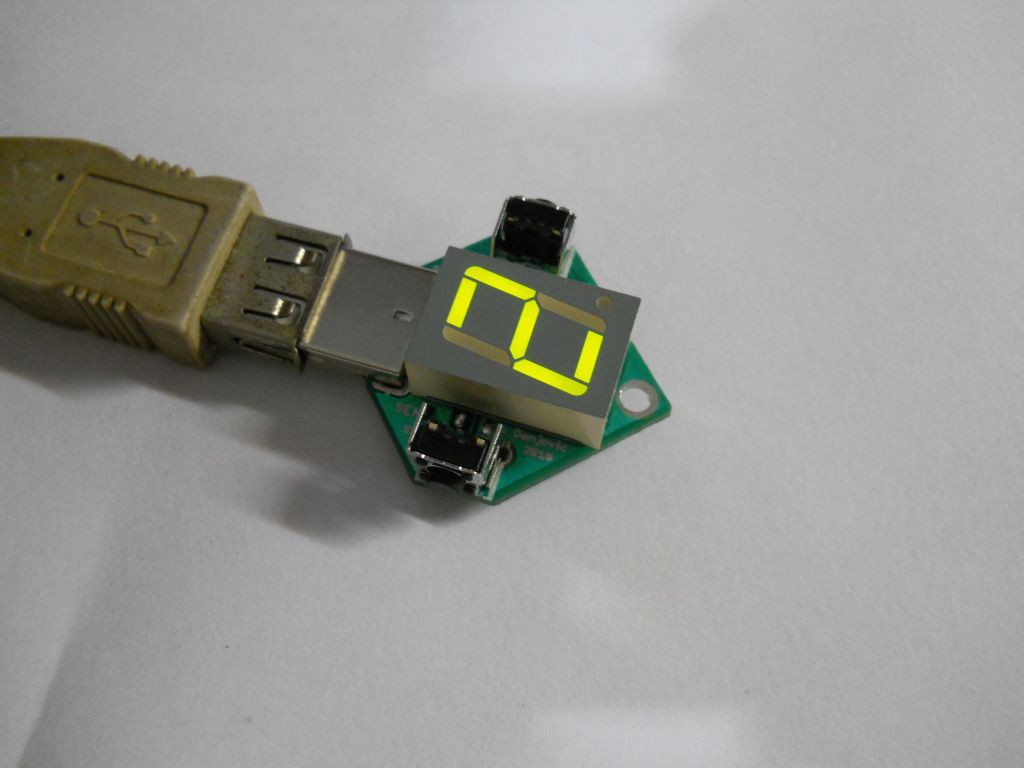
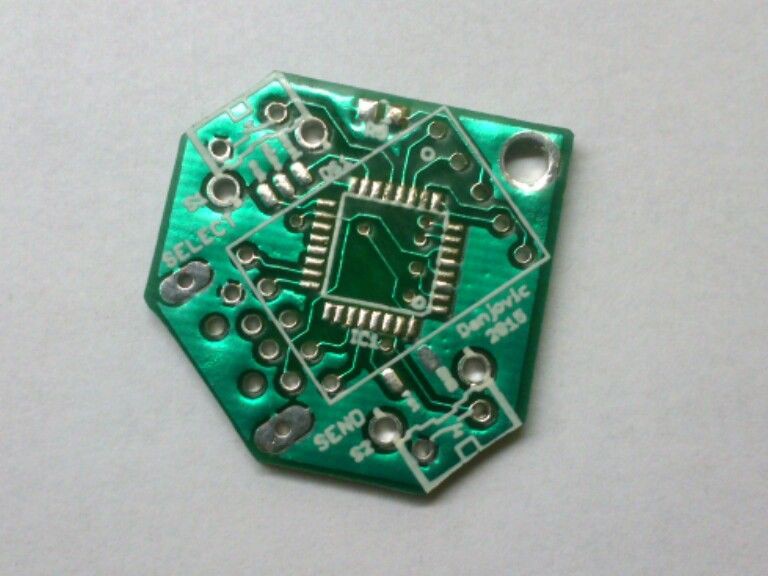
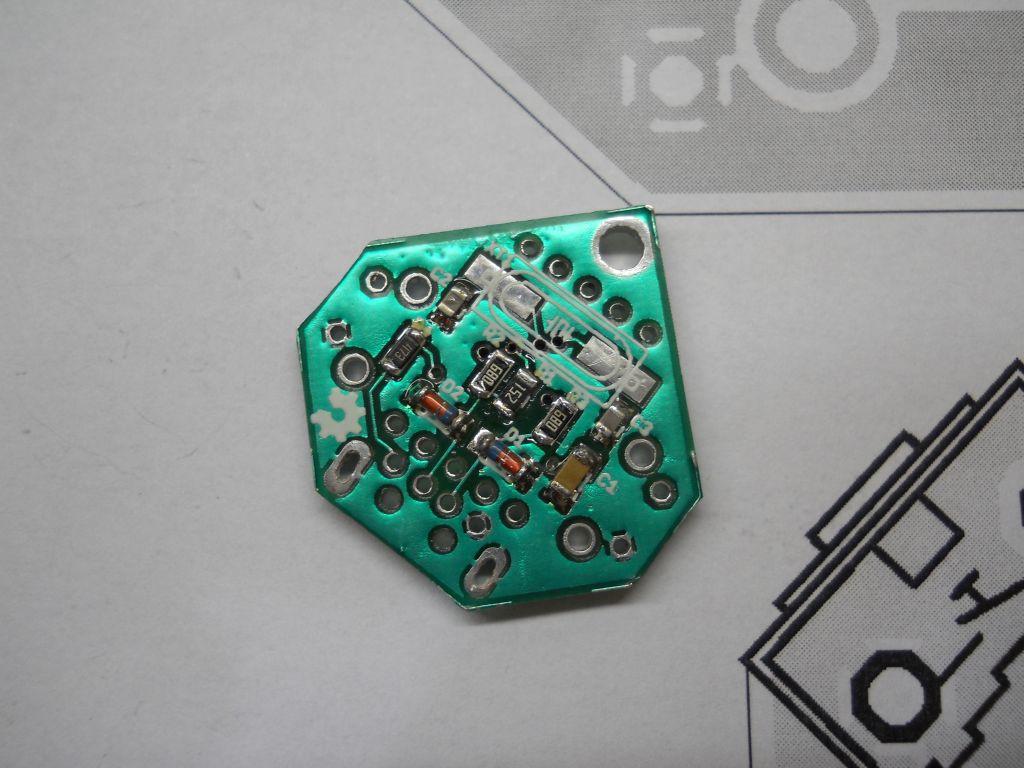
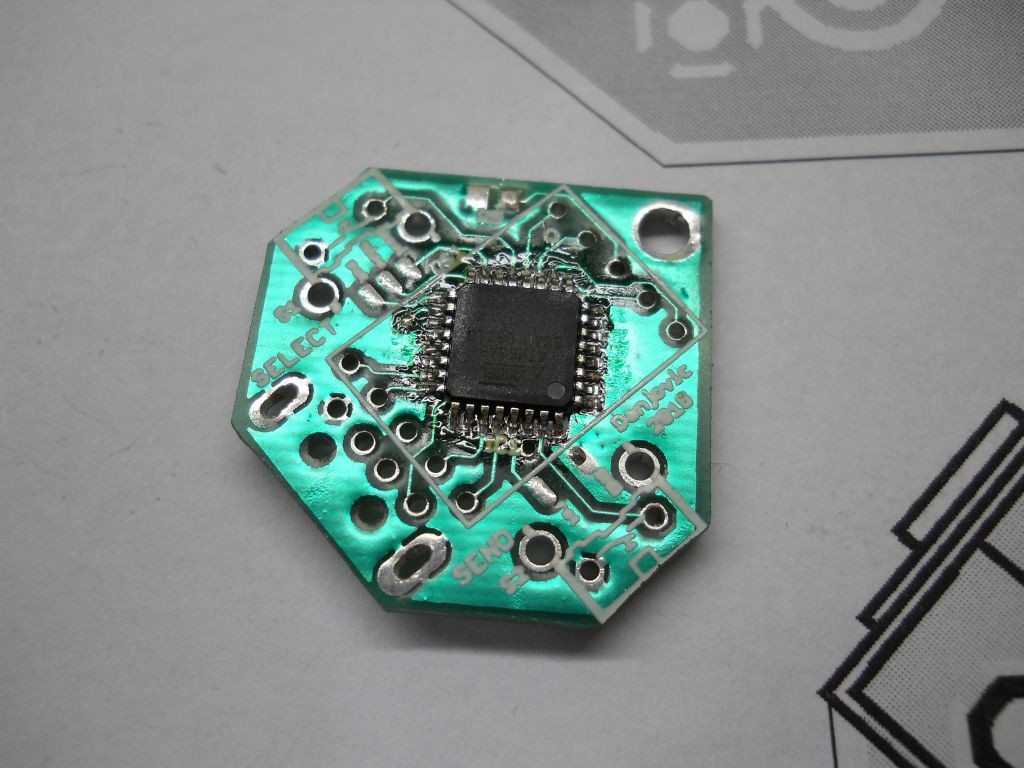

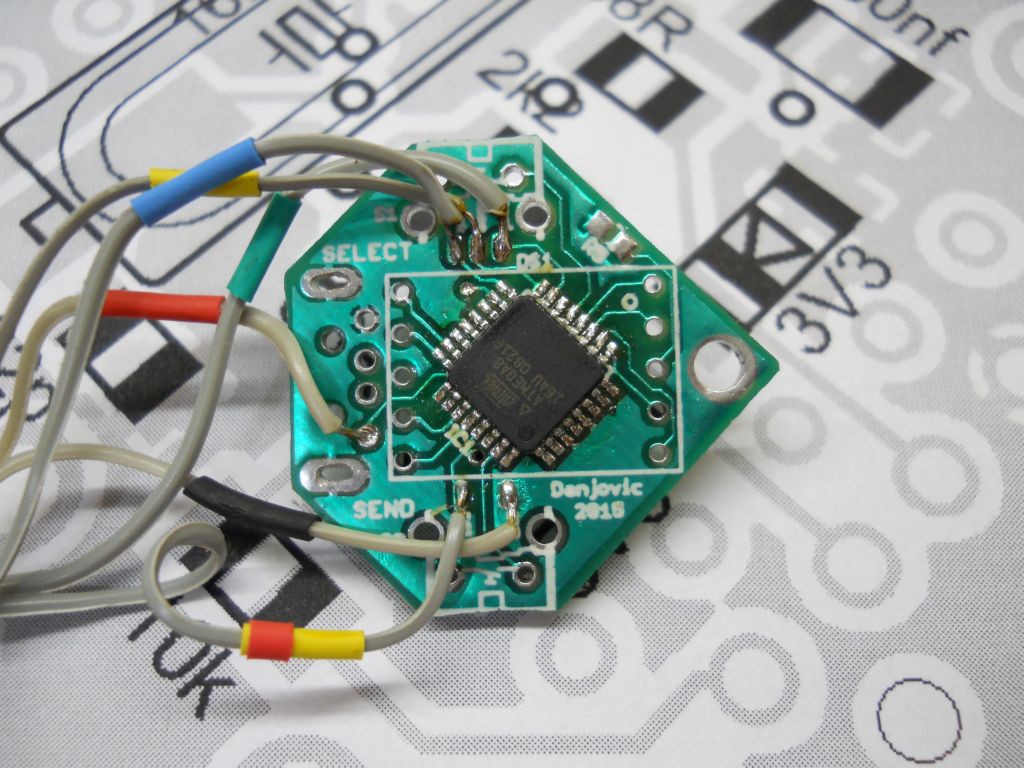
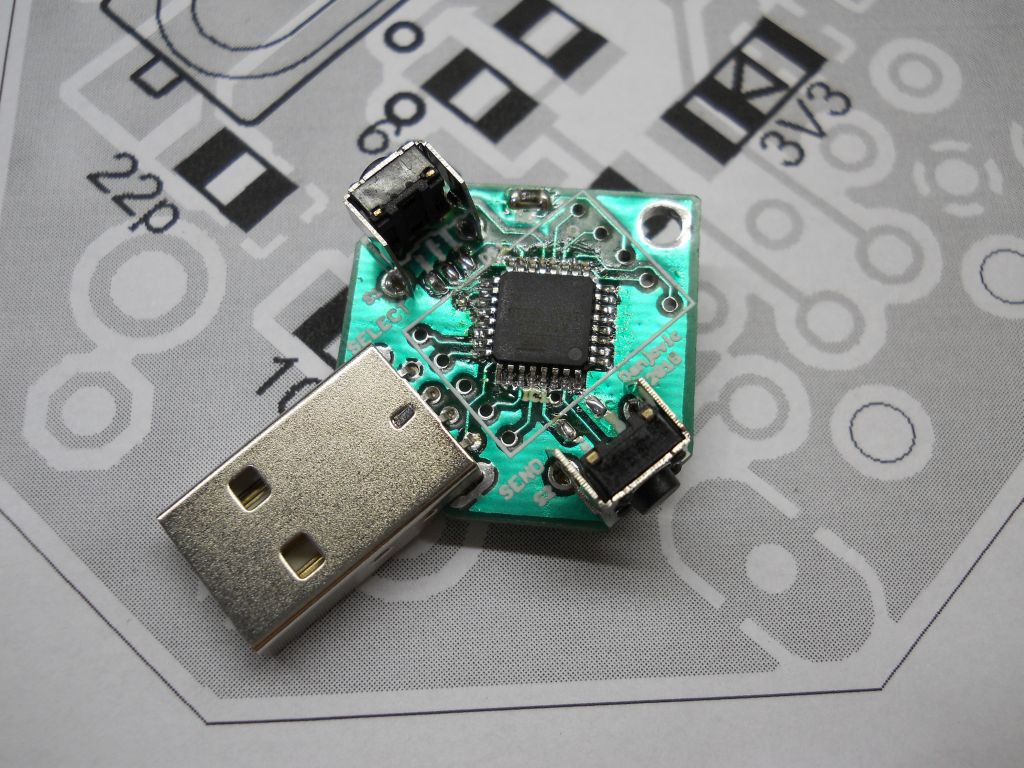






 davedarko
davedarko
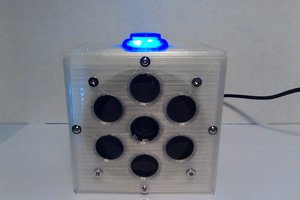
 TM
TM
 mikeneiderhauser
mikeneiderhauser
I love this project. Do you have any spare PCB to sell? thanks
I wonder if it would be possible to update and list passwords to the "keypass" using a serial/usb connection. I know that the software libraries exist to do the serial connection. It could enter serial mode when the device is connected holding down a button and then send in a serial file with the passwords from the PC.
Also do you have a method that would allow a user name and password to be entered with one button press?